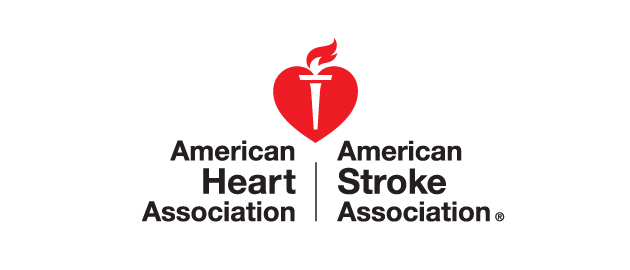CT Among Leaders in Heart Health; States Vary Significantly Study Finds
/If heart health matters to you and you live in New England – especially Vermont or Connecticut - you’re in good company. Americans’ cardiovascular health varies greatly from state to state, according to new research in the Journal of the American Heart Association (JAHA) - the first study to assess cardiovascular health at the state level. Among the findings: people living in the New England states – including Connecticut – generally reported having among the highest percentage with “ideal cardiovascular health.” Only the District of Columbia had better across-the-board numbers. Among the findings:
- The percentage of the population with ideal cardiovascular health varies from 1.2 in Oklahoma to 6.9 in Washington, D.C.
- The percentage of the population reporting ideal cardiovascular health — defined as having optimal levels of all seven factors — was lowest in Oklahoma, West Virginia, and Mississippi.
- Ideal cardiovascular health was highest in Washington, D.C. (6.9), Vermont (5.5), Connecticut (5.5), Virginia (5.0), Massachusetts (4.6), Maine (4.5), and New Hampshire (4.5).
Overall, in the nationwide study funded by the Centers for Disease Control  (CDC):
(CDC):
- About 3 percent of the total U.S. population reported having ideal heart health.
- About 10 percent of the total population reported having poor cardiovascular health, with two or less heart-health factors at optimal levels.
Researchers collected information on the American Heart Association’s seven major heart-health factors: blood pressure, total cholesterol, smoking, body mass index, diabetes, physical activity, and fruit and vegetable consumption. (used as a proxy measure in the study for a healthy diet.)
“Since the CDC is funding state heart disease and stroke prevention programs, we thought it would be helpful to have cardiovascular health information on the state level,” said Jing Fang, M.D., M.S., an epidemiologist with the CDC’s Division for Heart Disease and Stroke Prevention. “Americans reported having on average more than four of the seven risk factors for heart disease,” Fang said. “We also found large disparities by age, sex, race/ethnicity and levels of education.”
Using 2009 data from the Behavioral Risk Factor Surveillance System – a telephone survey was conducted of more than 350,000 people in the 50 states and Washington, D.C. The report, in December 2012, could help state officials set goals to reduce risk of heart attack and stroke and improve cardiovascular health.
The American Heart Association goal is, by the year 2020, to improve the cardiovascular health of all Americans by 20 percent while reducing deaths from cardiovascular diseases and stroke by 20 percent.





























